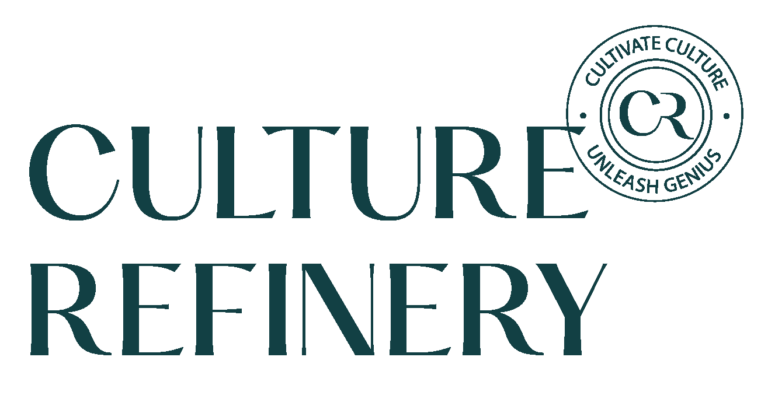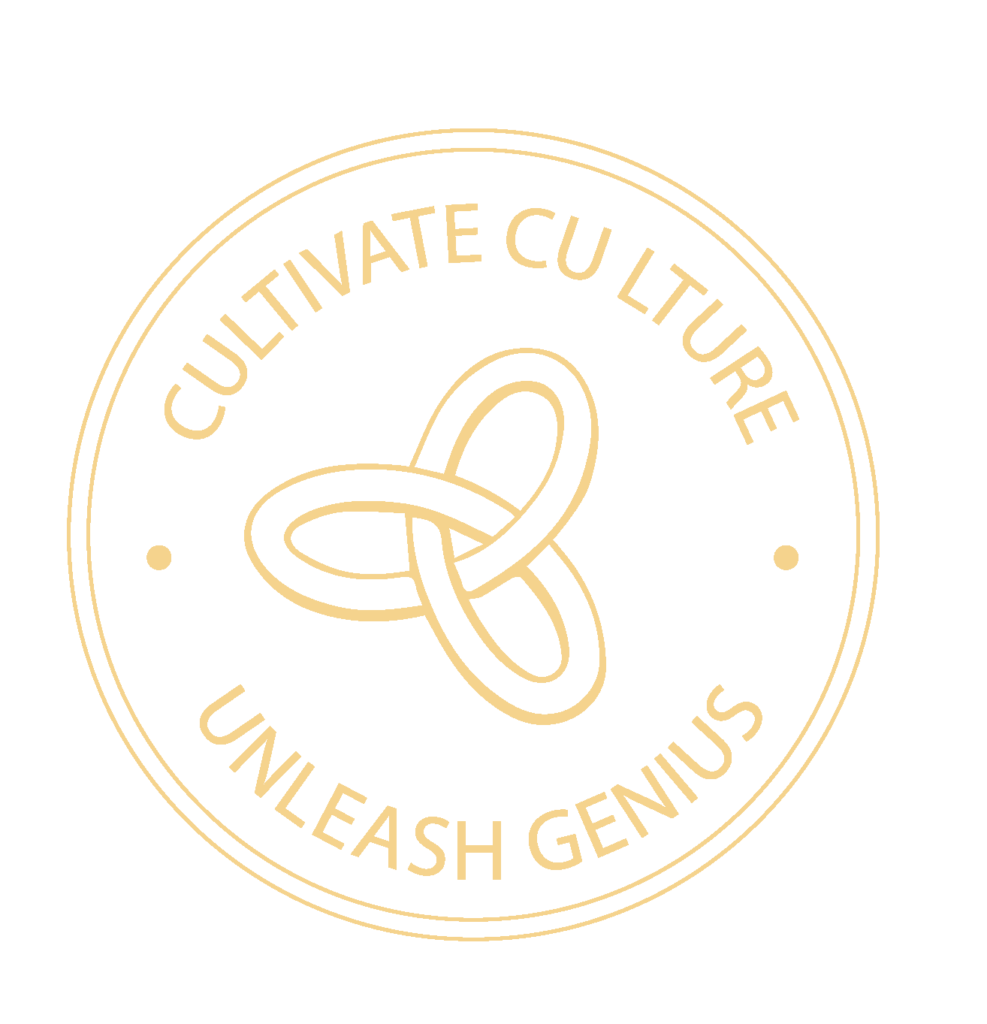Month-long observances:
National Mentoring Month
National Mentoring Month focuses on the different ways we make mentoring available. The goal is to raise awareness of opportunities and to recruit individuals to become mentors. Generally, we think about mentors to be positive role models for young people in our communities. However, mentoring is such a powerful tool that it’s not relegated to only youth. Within your organization, there are also opportunities to mentor more junior team members as well as opportunities for reverse mentoring relationships where more junior talent is supporting more senior talent in concepts, topics, and ways that senior-level team members haven’t been exposed to before.
Observance Suggestion: Give space for your team members to volunteer. Allow paid time off. Revisit and revise your current mentoring programs to ensure there is cultural competence training so that diverse mentees are truly supported. Reach out to us if you want support evaluating your current program or help develop a more inclusive program.
Poverty in America Awareness Month
Currently, there are over 37 million people in the United States living in poverty. These are people who don’t have access to warm clothes, three meals a day, or an education. This is proof that no matter how developed America is, we still have a ways to go in supporting our citizens.
Observance Suggestion: Ensure you’re paying a fair, equitable living wage; keeping up with inflation and cost of living increases. Consider hosting a charity event within your organization. Ask how individuals and employees can use their talents and skills to bring in donations that will benefit those who are struggling with poverty in your communities.
Slavery and Human Trafficking Awareness Month
Human trafficking is a huge violation of human rights. Each year, millions of people are trafficked for sexual exploitation and forced labor, putting this as one of the biggest global crises we’re currently facing. The modern-day prison system is still tantamount to slavery. This month is intended to raise awareness about slavery and human trafficking, the ways they both show up today, and the ways we can work to prevent them from continuing.
Observance Suggestion: Bring in a professional so you can learn how to spot and report human trafficking when you see it. Donate to organizations that are working to support survivors. And scrub your supplier list to ensure you’re not supporting products that are using slave labor.
Calendar dates:
January 1 – New Year’s Day (every year)
New Year’s Day offers rest from the biggest holiday season and optimism for the next year. Many people make resolutions for themselves to lose weight, eat better, spend more time with their families, or do any number of activities they feel would make the next year even better than the last. This is a great time to reflect on what went down in the past year, what came up, and how to move forward.
Celebration Suggestion: Ask your employees, in their small teams, to collaborate on people and culture resolutions for the coming year. What could be better? What could you work on as a team? What would make the culture inside of your organization stronger and more diverse than before? Use this as a guide and let’s talk about how we can make those resolutions a reality.
January 4 – World Braille Day (every year)
January 4th celebrates the advancements of braille as well as the founder, Luis Braille’s birthday. While the beginning of braille started with a series of codes and “night writing” to communicate in Napoleonic Wars, today we know it as the communication for those who have vision impairment. This tactile “language” makes knowledge more accessible, and we continue to improve that accessibility by incorporating it into digital devices and computers.
Celebration Suggestion: Take a look at your physical building. Is everything accessible to vision-impaired people? Do bathroom signs include braille? How about directions to various offices or any waiting room reading material? Consider your website and learn how to make all of your information accessible beyond the written word.
January 7 – Christmas (Eastern Orthodox) (every year)
While most people worldwide celebrate Christmas on December 25, the Orthodox Church celebrates it on January 7th. Just like the December 25th Christmas, people celebrate by attending church services and exchanging gifts. A fantastic way to keep the holiday celebrations going!
Celebration Suggestion: Even if you exchanged gifts in December, consider giving gifts to any Orthodox church members on this day. Not only is this a fun way to celebrate, but it’ll also show the respect they deserve for celebrating the holiday when it makes sense to them.
January 15 – Martin Luther King, Jr. Day
Today we celebrate Martin Luther King Jr’s life and achievements. As one of the most influential civil rights leaders, he dedicated his work to racial equality, ending racial segregation in the United States. Through all of his hard work, this day we are reminded of how important it is to continue to work for the celebration of diversity and reach for equity while we address civil rights issues around the globe.
Celebration Suggestion: Today, many people will post and share MLK Jr’s popular speech quotes. However, try sharing more of the lesser-known parts of his speeches. Help give a fully rounded view of MLK’s ideas. He was so much more than the typical soundbites.
January 21 – World Religion Day
Celebrated on the third Sunday in January, World Religion Day reminds us that there is a need for harmony and understanding in the different religions around the world. Currently, there are over 4,000 religions worldwide, leaving a lot of opportunities for learning and connecting. Differences in religions don’t have to incite fights. They can invite conversation around a person’s beliefs and ideals by which they live and work by.
Celebration Suggestion: Host a seminar in which you hear the voices of several different religions. Learn how they may be similar to a religion you know well, and discover the beautiful differences. You may be surprised to see how closely a religion you don’t know matches up to the one you practice.
January 24 – International Day of Education (same every year)
Education is a basic human right, and yet millions of children around the world are denied a quality education. The International Day of Education was created to campaign for better education for all, creating reform and improvements wherever possible.
Observance Suggestion: Research scholarship opportunities in your area and donate to them to support their efforts to help give access to quality education to those who don’t have access. If possible, consider sponsoring your own scholarship opportunities within your organization. Campaign for donations and funds to help bring education to underprivileged children and families.
January 25 – Mahayana New Year (Buddhist)
As one of the two main branches of Buddhism, Mahayana is practiced around the world. This new year is a time for self-reflection on an individual’s journey to Nirvana. Buddhists consider the lessons they’ve learned in the past as well as the goals they have for their future. But don’t let the internal conversations let you believe the Mahayana New Year is dull. It’s full of feasts and fireworks and celebrations full of loved ones, too!
Celebration Suggestion: Talk to the Buddhist people inside your organization and learn more about their philosophy (it’s not just a religion). Be open to understanding how they view life and work and ask how they’re celebrating their New Year. (Note: they may be a part of the Theravada branch of Buddhism, celebrating New Year in April instead of January)
January 26 – International Customs Day (same every year)
Every day, thousands of customs officials work hard to manage world trade safely. They’re right in the middle of many trade operations and processes and help to keep everything running smoothly. International Customs Day celebrates the efforts of these people and the role they have in worldly communications and trade. This year’s theme is: Nurturing the next generation: promoting a culture of knowledge-sharing and professional pride in Customs.
Celebration Suggestion: Chances are, you may not know all the customs rules, and regulations in your country. This is your chance to learn more about them. Not just for the respect of customs officials, but also so if your organization needs to deal with customs, you can do so safely and more efficiently. Which, would be a more respectful act in the future, too.
January 27 – International Holocaust Remembrance Day (same every year)
It’s important to remember the heinous genocide Nazi Germany took part in from 1941 to 1945. During this time, over six million Jews died in the Nazi’s “solution” for eliminating Jews from Germany. Remembering the stories of Holocaust victims and survivors will educate us about what humans are capable of, so we can prevent similar acts in the future.
Observance Suggestion: Donate to a Holocaust Museum. Museums are a valuable part of sharing the stories of Holocaust victims and survivors. Keep those stories alive by funding when and where you can.



